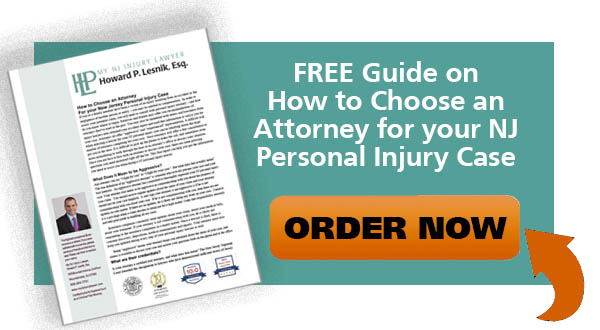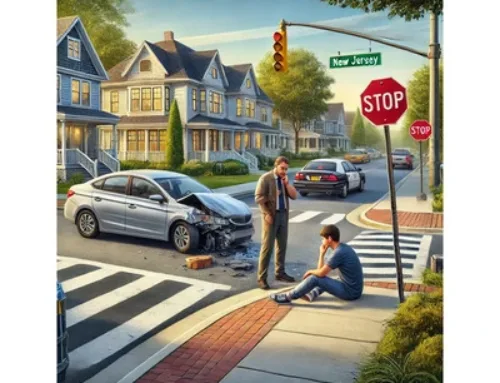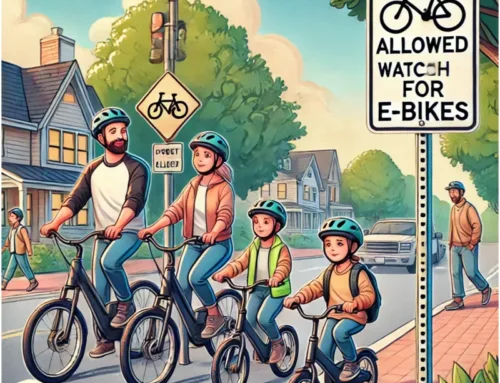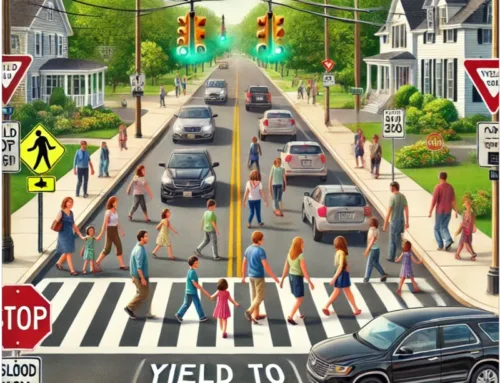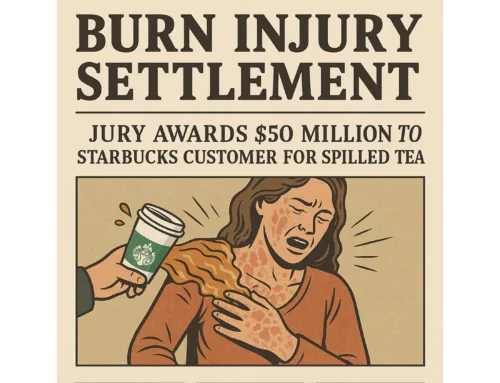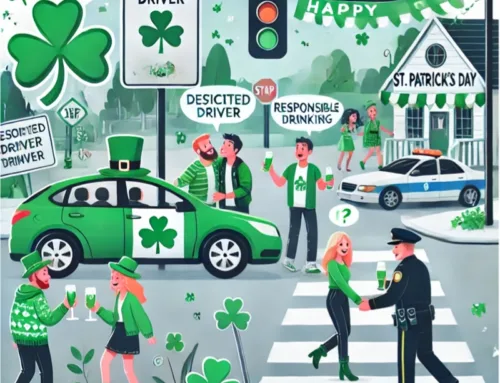After experiencing a dramatic spike during the height of the pandemic, the rates of fatal car crashes in the US are finally beginning to decline. Still, serious auto accidents happen all too frequently, so it’s important to remain alert and aware while driving. But while there’s no good place to drop your guard on the road, there are certainly places where it pays to be extra cautious; car accidents are not evenly distributed across every section of pavement. Some areas are inherently more dangerous than others, due to the physical design of the roads and the expected behavior of drivers on them. Let’s discuss some of the types of places where accidents tend to happen more often, and what to look out for in an effort to avoid contributing to those statistics.
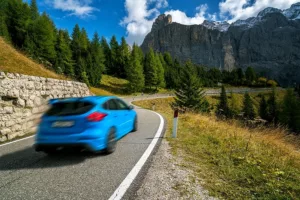 Parking Lots
Parking Lots
Although drivers navigating through parking lots are (at least, in theory) moving at slower speeds, these areas are still prime areas for accidents, even serious ones. Vehicles, pedestrians, and shopping carts are traveling unpredictably through the space, sight lines are easily obscured by parked cars, and formerly-parked vehicles can suddenly start moving with little warning. All of these factors turn parking lots into hotspots for collisions. Here are some safety tips to help you avoid problems when moving through parking lots.
- Choose parking spaces with sufficient room. If the driver in the next space over parked too close to the line, or it just isn’t a good fit for your vehicle, don’t try to squeeze – even if it’s the only space left that’s close to the entrance. A moment’s inattention or a strong gust of wind could knock your door into the side of another car (or their door into yours!).
- Make your maneuvers slowly. Circumstances change quickly in parking lots – kids break free from their parent’s grip and make a run for the car, or a vehicle suddenly pulls out of a parking space into the lane in front of you. Drive slowly and take your time in checking for pedestrians and vehicles before you make a move.
- Take advantage of your safety technology. Whether it’s backup cameras and collision warning systems, or mirrors and a back window, make full use of whatever safety features your vehicle offers when backing out of a parking space or otherwise maneuvering through an area with limited sight lines.
Traffic Lights
So many auto accidents are the result of drivers failing to respond to a change in the road, and stoplights are a constant source of change as cars take turns stopping and going. The most common type of car accident in the US, the rear-end collision, is a frequent occurrence at traffic lights. So, what can you do to stay safer around traffic signals?
- Maintain a safe following distance. Following too closely leaves you too little time to respond if the vehicle in front of you stops suddenly in response to the traffic light turning red.
- Stay alert for red-light runners. When your signal turns green, check for cars coming from other directions that don’t seem to be slowing down (or worse, cars that speed up to run the light).
Intersections
If traffic lights are dangerous, then intersections without traffic signals… are also dangerous. These can be tricky because some motorists get confused about who has the right-of-way when. Four-way intersections with no traffic light are prime spots for car accidents. Here’s what to look out for.
- Make sure to come to a complete stop at a stop sign.
- Clearly signal your intent to other drivers with your turn signals.
- Take extra care when making unprotected left turns.
- Don’t assume other drivers will respect your right-of-way.
- Always check for cars from all directions before entering the intersection.
Rural Highways
Those remote back roads may see less traffic, but that doesn’t make them safer. With fewer cars, drivers are more easily tempted to get careless, watch the road less closely, and speed more. Some motorists are more likely to drink and drive, or less likely to wear seat belts. When trouble does strike – especially if it’s a single car accident – medical help is much farther away. Remember these few points in order to stay safer.
- Don’t speed. Really. Those long stretches of empty road are tempting, but those winding highways don’t have the best visibility, with sharp turns and hidden driveways, and if something goes wrong, it will be worse at higher speeds. You need as much reaction time as possible.
- Be alert for wildlife. Deer don’t look both ways before crossing the road, and it won’t end well for you or the deer if you don’t spot them in time.
- Be careful when passing. Only attempt to pass another vehicle in areas where the dashed yellow line and signage indicates that the maneuver is allowed, and ensure you have clear sight lines to confirm the absence of oncoming traffic. Take extra care around farming equipment.
- Use your high beams when needed. There are rarely street lights on these highways, and there is little ambient light from residences or businesses. At night, you may need to rely on your high beams to see the road clearly.
Two-Lane Roads
Narrow streets with a single lane in each direction are ripe for head-on collisions. Their danger is magnified in areas where cars are parked on the sides of the road, further tightening the available space for vehicles traveling in either direction. Take these roads with caution, making sure to stay on your side of the line, and watch out for drivers coming the other way who may be drifting into your lane.
Knowing what parts of the roads are most prone to accidents is only the first step; you obviously can’t entirely avoid intersections and parking lots. Understanding what makes these areas dangerous allows you to adjust your own driving habits and stay alert for problem behavior from other drivers, which helps reduce your risk of accidents.
Contact MyNJInjuryLawyer Howard P. Lesnik
If you or a loved one suffered an injury in an accident in NJ, you should contact an attorney familiar with handling these claims. An experienced NJ Injury Lawyer will know how to obtain medical records, videos, photographs, experts, locate witnesses and contact the insurance company so you can make a claim for your injuries.
My NJ Injury Lawyer Howard P. Lesnik, Esq. offers complimentary strategy sessions to address any issue or questions you may have for your injury claim in NJ.
Please contact NJ Injury Lawyer Howard Lesnik, Esq., immediately if you were involved in an accident. I personally handle NJ personal injury cases on a regular basis. Please contact me now by email, by phoning 908.264.7701, or by completing the form to the right to schedule your complimentary 30-minute strategy session. Call me direct and I will answer 5 questions that you have about your potential claim.


